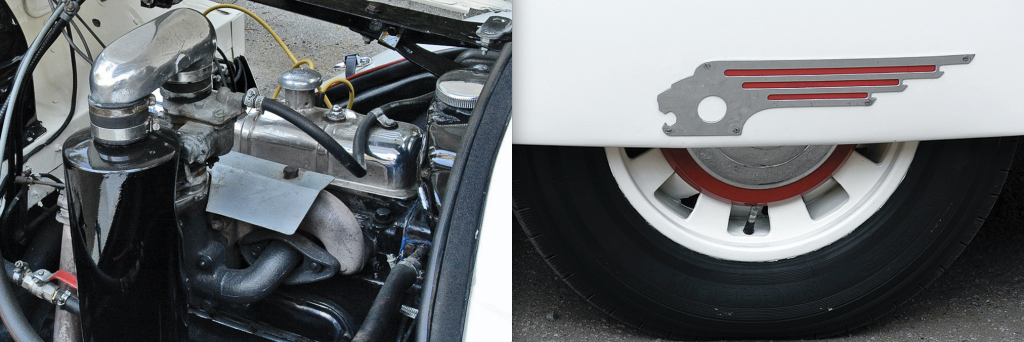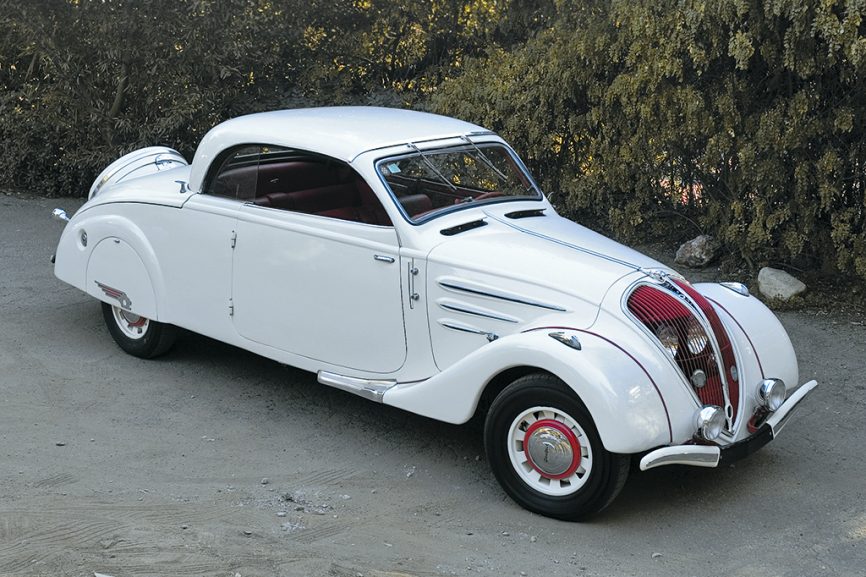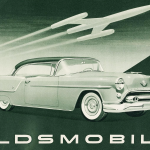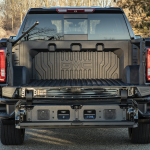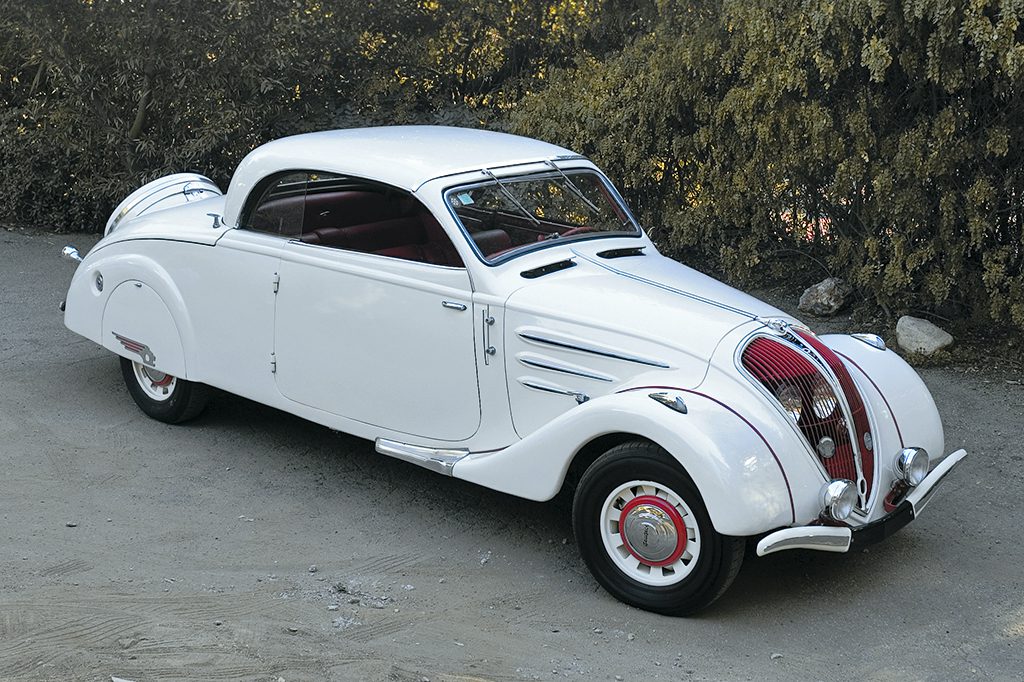
Note: The following story was excerpted from the October 2007 issue of Collectible Automobile magazine.
Chrysler’s streamlined 1934 Airflow flopped in America, but it was an inspiration to French automaker Peugeot. With headquarters in Paris and its main plant in Sochaux near the Swiss border, Peugeot is the second-oldest automaker in the world.
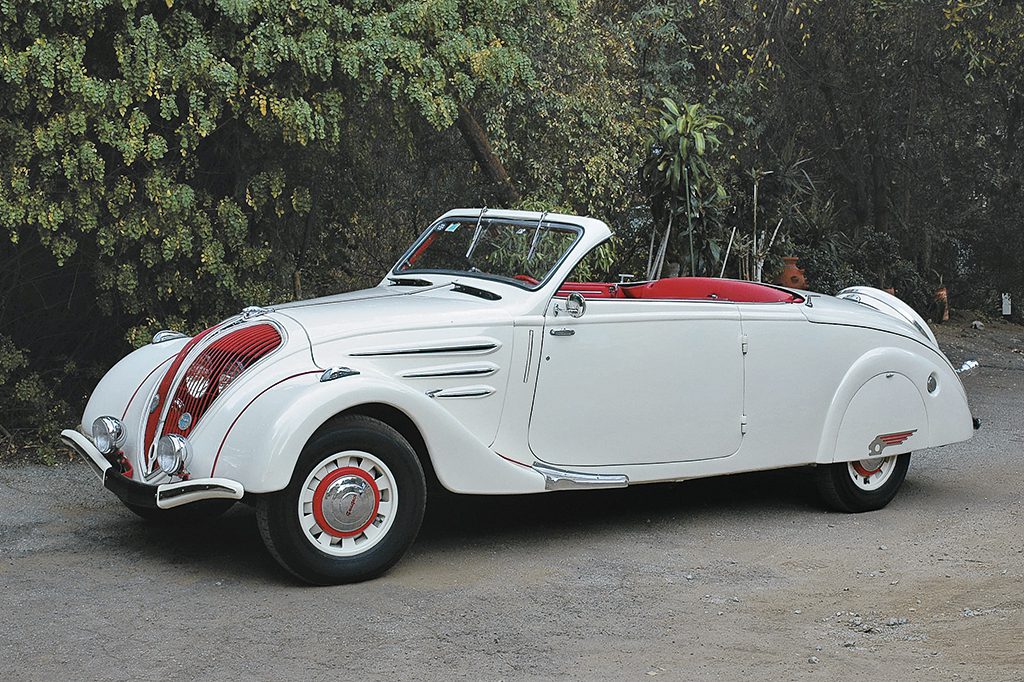
In late ’35, Peugeot introduced its tribute to Airflow styling with the model 402. The 402’s rounded front with waterfall grille was the sincerest form of flattery. Peugeot took streamlining one step further than Chrysler by eliminating running boards and mounting the headlights behind the grille. Peugeot’s streamlining was more than fashion, and the reduced wind resistance improved fuel economy and performance.
More Collectible Automobile Photo Features
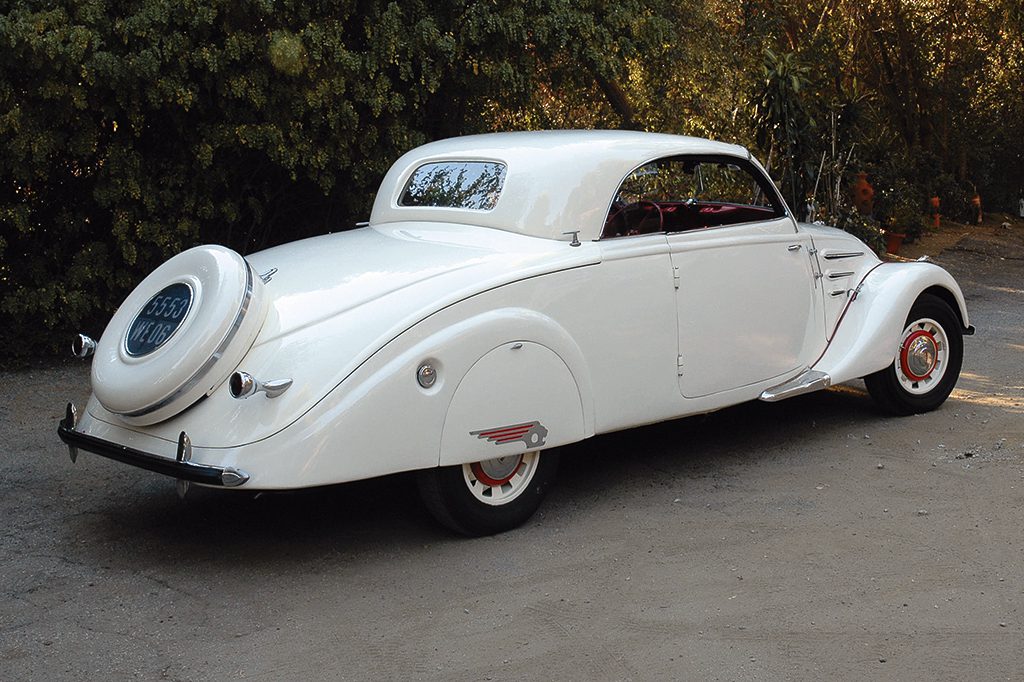
Capping the streamlined grille, Peugeot’s lion’s-head mascot served not only as an ornament, but also as the hood latch. A second stylized lion graced the rear fender skirts.
The NBC Mystery Movies: The Cars of Columbo, Banacek…and The Snoop Sisters
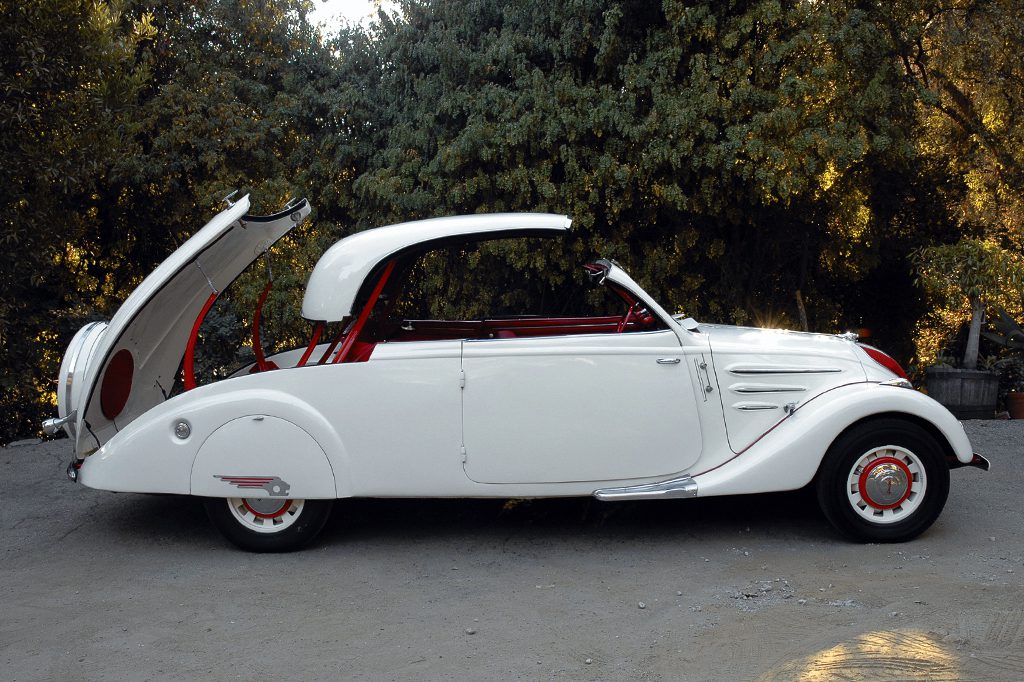
Most 402s were sedans, but coupes and convertibles were also offered. The most interesting bodystyle was the Éclipse, which was a retractable hardtop. The metal top flipped under the trunklid for open-air motoring, yet offered the security and weather protection of a coupe when raised. Tops on early models were lowered electrically, but starting in ’37, a simpler mechanical system that could be operated by one person was used. Peugeot’s retractable hardtop was unique in the Thirties. Ford tried the concept again in the Fifties with the Skyliner, but it wasn’t until recently that retractable hardtops found commercial success with the Mercedes-Benz SLK, Volkswagen Eos, and Pontiac G6, to name a few.
The 5 Best-Looking Sedans of 1985
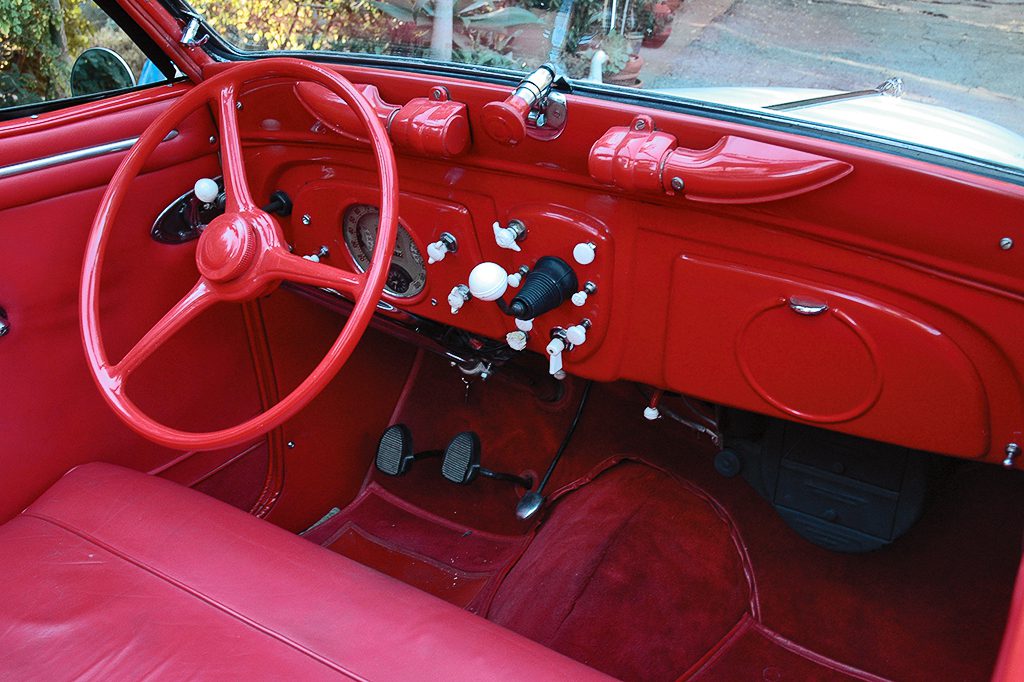
Although styling was futuristic, engineering was conventional and lived up to Peugeot’s tradition of tough, dependable cars. The Éclipse needed a lengthy 130-inch wheelbase to accommodate a rear deck long enough to swallow the retractable hardtop and to provide room for six passengers on wide bench seats. Independent front suspension contributed to good ride and handling. Power was provided by a 2.1-liter ohv four-cylinder that developed 63 bhp. The standard transmission was a conventional three-speed, but the shifter sprouted through the dashboard instead of the floor.
Peugeot Returns? Three French Rides Americans May See Soon
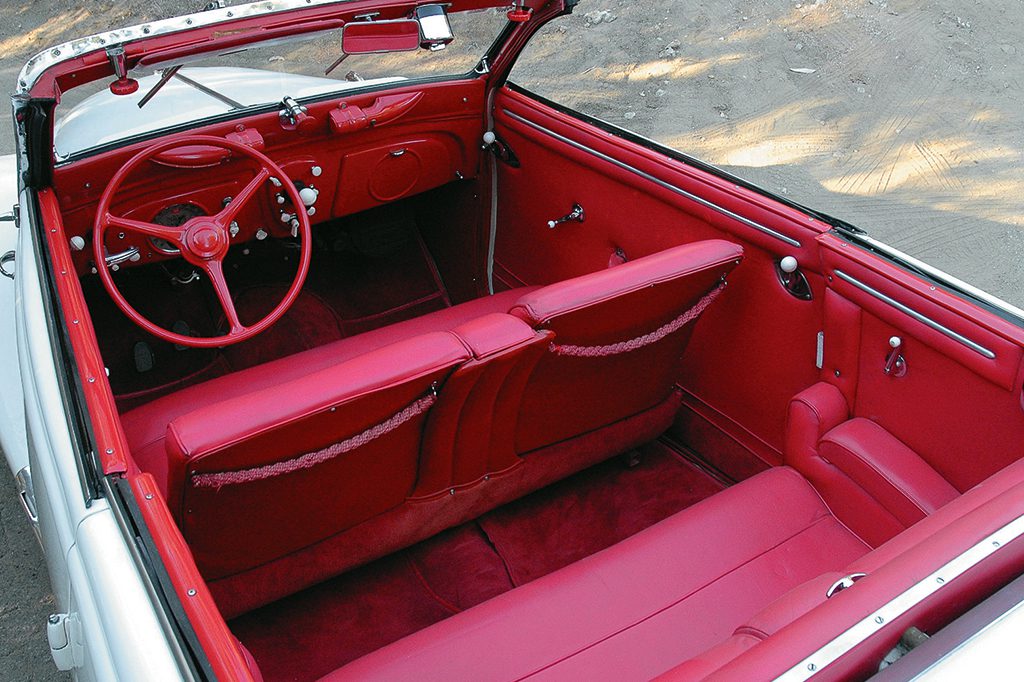
Fewer than 500 Éclipses were built before production ended in 1940. Between 14 and 30 are thought to survive. Our featured car is owned by Scott R. Bosés and Raymond Milo of West Hollywood, California.
Gods, Diamonds, and Mystical Beasts: Explore the Fascinating World of Car Company Logos
